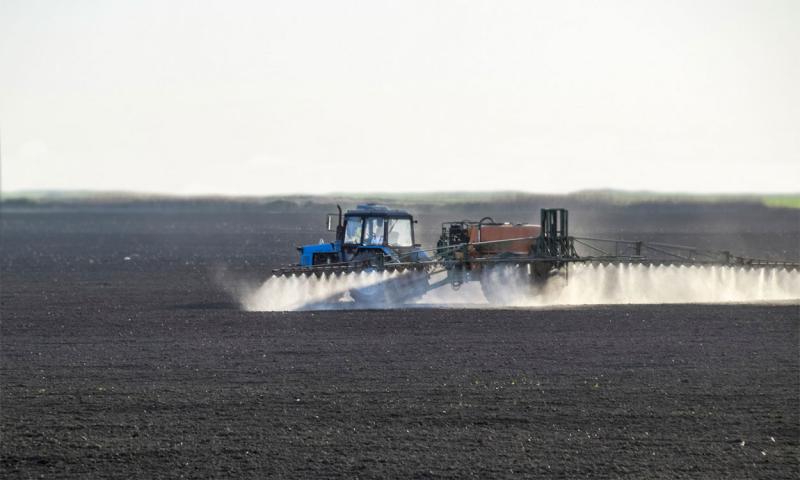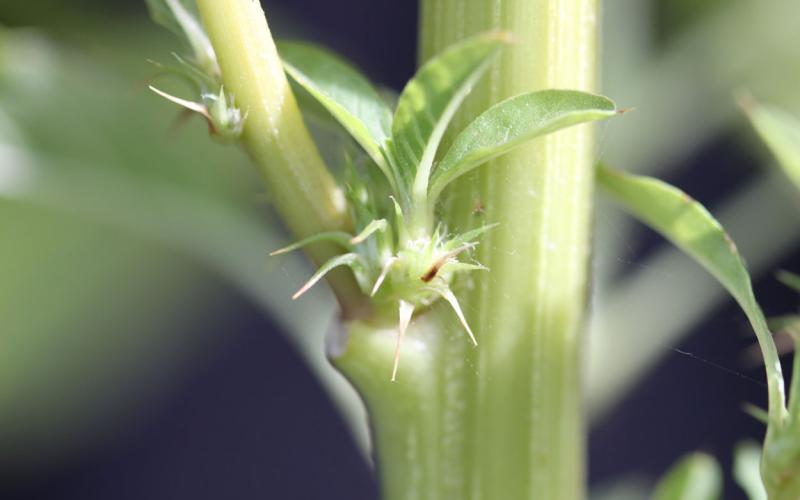Preemergence herbicides are critical for crop production. Weeds emerging with crop plants have the potential to reduce yield. Controlling weeds before emergence ensures that the crop yield is not limited by early-season weed interference.
Application Considerations

Timing
Preemergence herbicides can be applied preplant (fall or spring), at planting, or shortly after planting before the crop emerges.
Rainfall
Many preemergence herbicides do not control emerged weeds, only germinated weed seeds. At least a half-inch of rain is needed to move the preemergence herbicide into the soil layer where weed seeds are actively germinating. Ideally, preemergence herbicides should be applied before a rain event. If activating rainfall is not present within 7 days of application of the preemergence herbicide, scouting will determine if an early postemergence herbicide application is necessary. A preemergence herbicide application that endures a period of dry conditions is usually not a lost cause. When an activating rainfall event occurs, the herbicide can be moved to the soil layer to control later germinating weed seeds. If a preemergence herbicide has been applied at an early preplant timing and conditions have been dry, a burndown herbicide application may be necessary to control emerged weeds at the time of planting. Fall applied preemergence herbicides usually move into the soil layer where the weed seeds are germinating due to the melting snow in the spring.
Rate
Preemergence herbicide rates are based on soil types. Coarse texture (sandy) soils usually require a lower rate than fine texture (loam or clay) soils. Be sure to select a rate based on the field to be sprayed; adjust the rate according to other fields and in-field variation. Crop injury, inadequate weed control, and carryover injury to subsequently grown crops can occur if inappropriate rates are selected.
Herbicide Selection
Ideally, preemergence herbicides from different groups (modes of action) should be applied. Applying two different herbicides increases the spectrum of weed control. Many preemergence herbicides will provide either good broadleaf or grass weed control; including both herbicides ensures more weed species will be controlled. Different combinations of preemergence herbicides may have to be utilized across fields depending on the weed species present. Additionally, applying two different herbicides reduces the selection pressure on herbicide-resistant weeds. Many preemergence herbicides are still effective for controlling weeds resistant to herbicides applied postemergence (for example, glyphosate and acetolactate synthase [including Accent, Harmony, Pursuit, and others]-inhibiting herbicides). However, if only a single preemergence is applied, this could select for weeds resistant to the herbicide applied. When applying both unique herbicides, the chance of selecting for a weed resistant to the individual herbicide is reduced.


